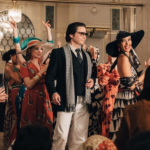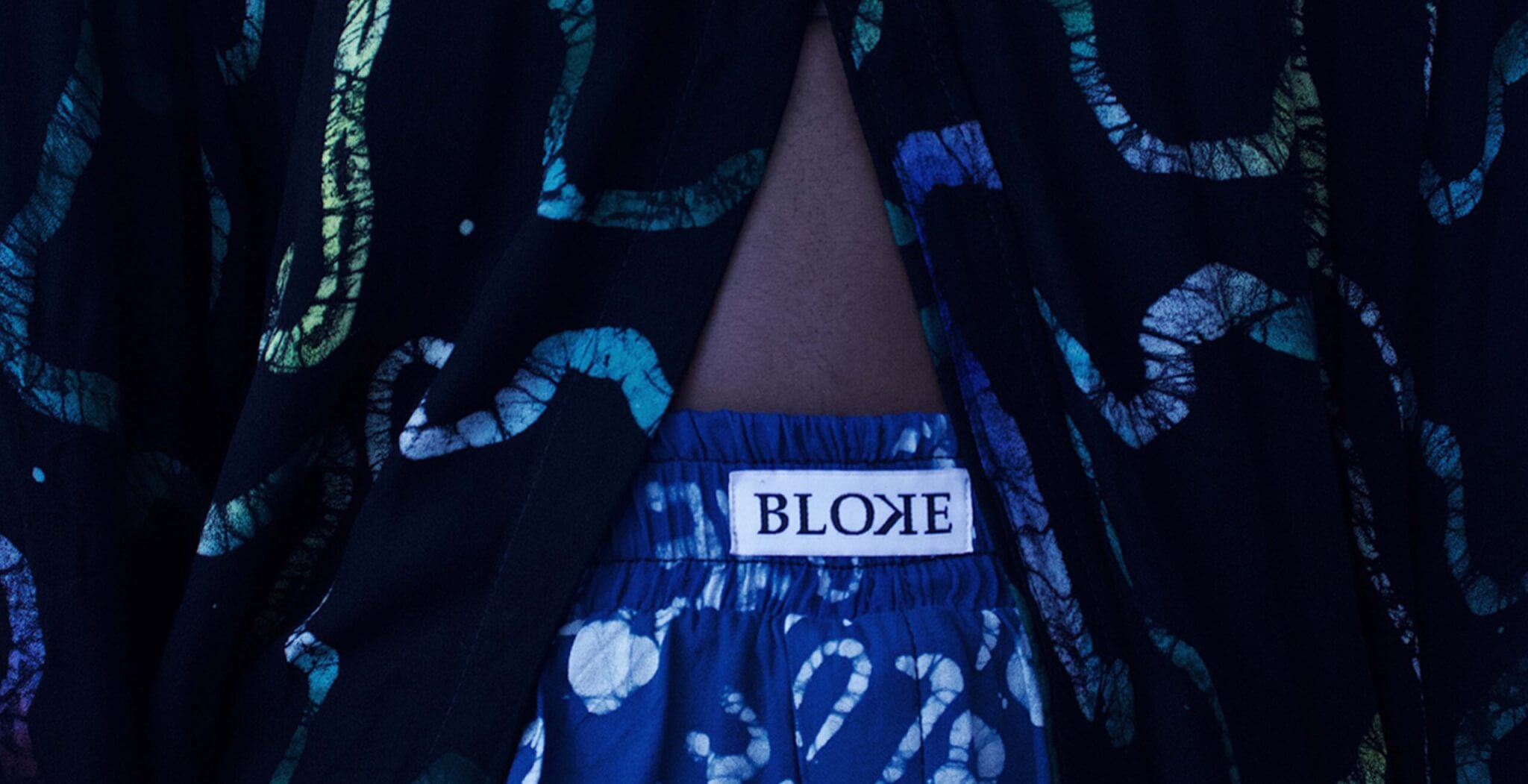How does one become Karl Lagerfeld? We might never know.
His most successful creation was himself. Karl Lagerfeld stylised himself into an icon: grey and white pigtail, sunglasses, father-killer collar. The designer died in 2019. Now he is being resurrected in the Disney+ series: “Becoming Lagerfeld”.
The year 1972 glitters in Parisian clubs and dark rooms, with plenty of disco and hedonism. Karl, the son of a Hamburg condensed-milk manufacturer, lives with his “mother” in a Parisian apartment – he is not yet successful enough for his penchant for feudalism, and his mother, played by Lisa Kreutzer, unapologetically declares in her curmudgeonly voice that he is not yet giving enough. Yves Saint Laurent, the brilliant rival, is already a star, while Karl, as artistic director of Chloé, is designing prêt-à-porter, i.e. fashion for the street, and has to put up with jibes from Saint Laurent’s cunning manager Pierre Bergé: “There is haute couture with the cavalry – and the infantrymen, the foot soldiers of prêt-à-porter:
He fails because of Marlene Dietrich. She hated the red and purple house-suit Lagerfeld had designed for her. She wondered if he was colour-blind?
The Core of Karl
But lets start at the beginning and a shock: Karl Lagerfeld used to be young. Well, sort of. We had completely forgotten. No powdered braids, no glasses, no smug ego. Brown hair and a full beard – he looked like King Ludwig, said the guy in the gay bar who was to become his unhappy partner, Jacques de Bascher.
How much pain is there in the addiction to fame, how much thirst for revenge and how much genius? The series touches on these issues, but loses itself in the love and intrigue of its protagonists. The repulsed Jacques de Bascher fulfils the desires of his completely coked-up rival Yves Saint Laurent. Lagerfeld buys a chateau in Brittany. The love affair between him and Bascher ends disastrously: Lagerfeld’s panic at being touched is revealed when he takes off his frilly men’s shirts by candlelight.
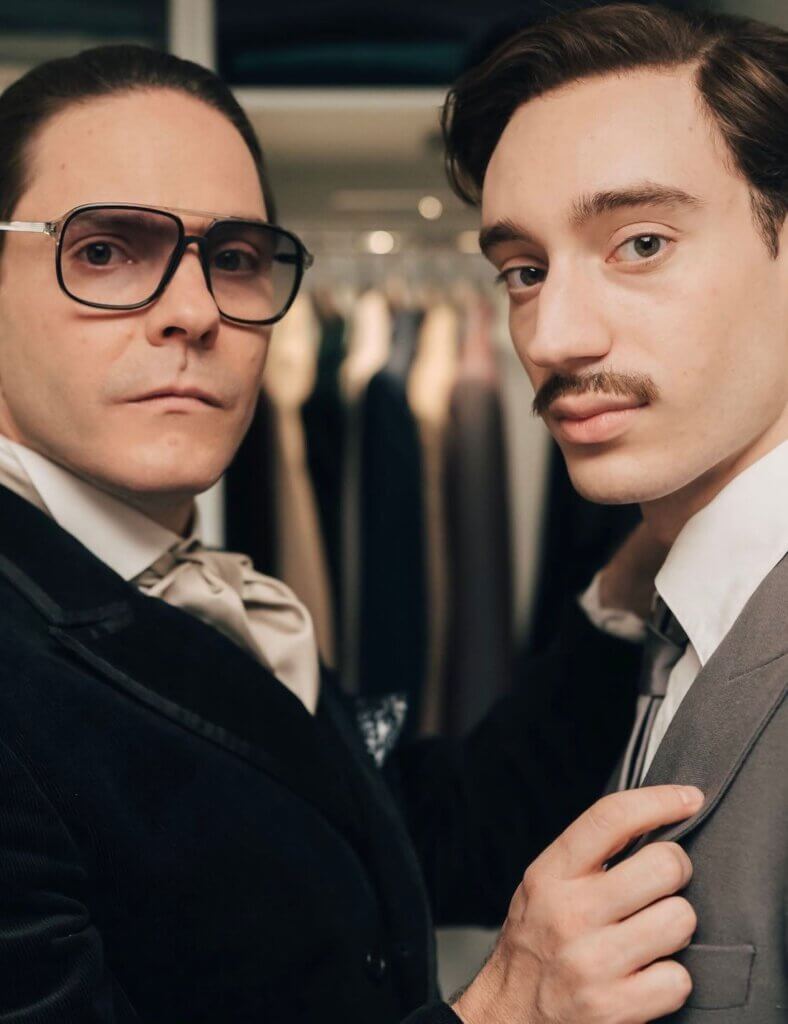
As the title suggests, Becoming Karl Lagerfeld reads like a superhero origin story. The six episodes tell the story of how he came to design for Chanel. We begin in 1972, when Karl Lagerfeld (Daniel Brühl) was a freelance designer in Paris, with stints at Fendi and Chloé. He had big ambitions and wanted to change the fashion world – but his life was shaped by his bitter rivalry with Yves Saint Laurent (Arnaud Valois). Both fell in love with the young writer Jacques de Bascher (Théodore Pellerin), which only exacerbated their rivalry. Both obsessed with success and driven by ambition, the two adversaries could not be more different: While Saint Laurent is a young prodigy with an eye for the extraordinary from an early age, Karl Lagerfeld is still a middle-aged nobody. The real story, however, is not their love of fashion, but their love of Jacques de Bascher, whom the designer repeatedly tries to thwart. Their toxic love story is always at the heart of the series, especially when de Bascher is having fun with his rival, Yves Saint Laurent.
The title ‘Becoming Karl Lagerfeld’ is reminiscent of superhero films such as ‘Batman Begins’ – but unlike Batman, who is often portrayed as an anti-hero, the Disney+ series (based on the biography ‘Kaiser Karl’ by Raphaëlle Bacqué) is particularly kind to the aforementioned emperor. In recent years, he has been the subject of controversy for his comments, which are only hinted at in the show, such as “Fashion has nothing to do with women, or there aren’t that many gays in the industry”. It has to be said that his more problematic comments were made after the period depicted in the series.
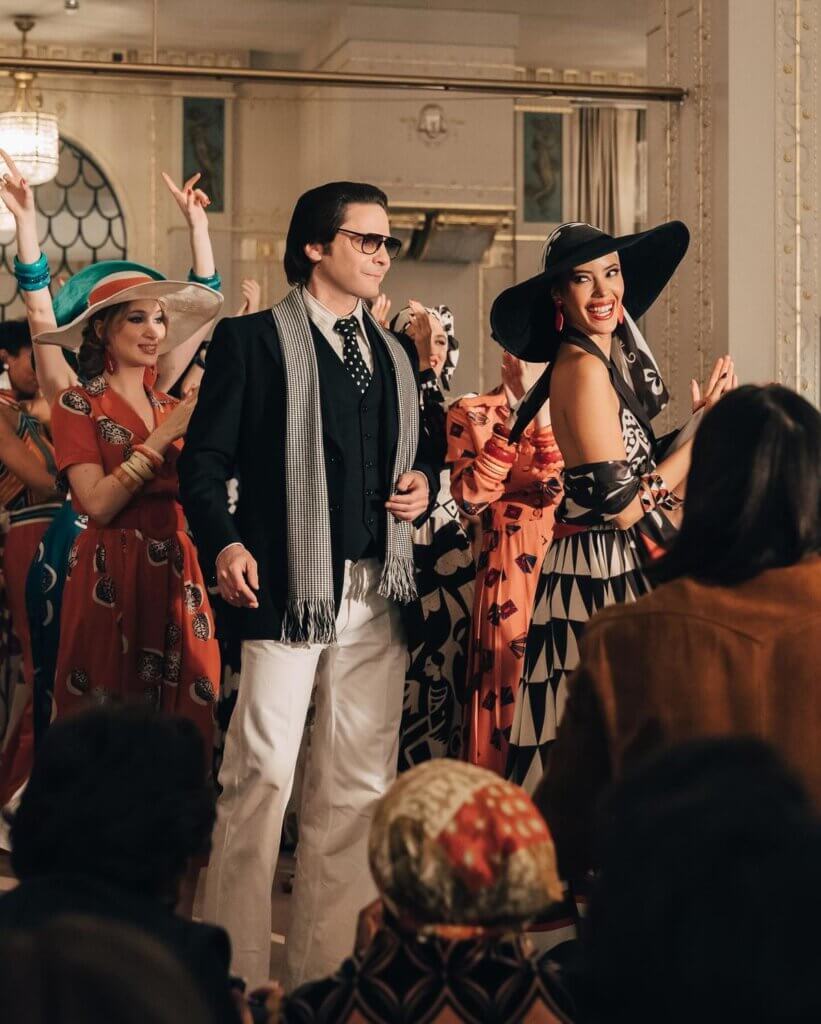
German actor Daniel Brühl plays it all convincingly, and is bilingually at home with Lagerfeld’s lisp. This adds to the charm of watching the original French version. And Brühl shows how far you can go to unmask Karl Lagerfeld’s mask-like behaviour: He dances, at night, alone, with only his image in the mirror. And reveals his pain. One of the most beautiful moments. Desperation flickers over this face again and again, and is immediately captured by its mastery. Just as Lagerfeld laces himself into a corset and at the same time surrenders to his grief. Together with Théodore Pellerin as Jacques de Baschet, a soulful dialogue of gazes is also ignited.
“I am a Slave to my Success”
The show smoothes the waves in his character and makes him look good – metaphorically, but also physically in the show. It’s easy to get lost when everything looks so beautiful, with the 1970s costumes, Paris at night and fashion events around the world. The aesthetics seem to be more important than the actual story and the substance behind it. From time to time you see a few blips in this world, including his relationship with his body image, but this is not explored in detail. More important is to introduce famous characters and put them in nice outfits.
But the script and production fall far short. The shadowy realm of glamour, the drugs, the parties, the sex, the destruction and self-destruction, the demons of lust and money, that would be of Shakespearean proportions – it remains a claim and is too often stuck in cliché. Nothing you couldn’t imagine yourself. Without individual contour. What is the cognitive value, one wonders. In fact, Charlemagne becomes a sad anti-hero – strange and unwise. After all, the real Karl Lagerfeld was brilliant. This series remains rather old-fashioned.
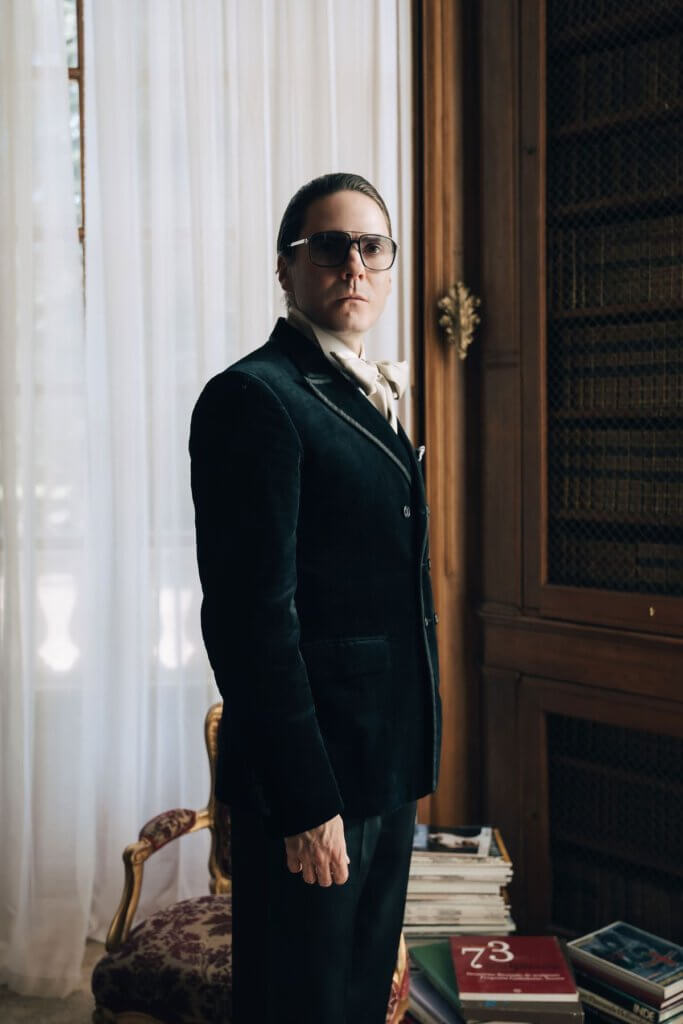
But this fits in with an ominous development: with Thierry Mugler, another generation of rebels emerges at the beginning of the 1980s – and thus at the end of this season of the series. The multi-billion dollar fashion industry is now dominated by corporate thinking. Nobody wants genius and obsession anymore. It’s all become so boring. Maybe in the film industry too.
“There hasn’t been a day in my life when I didn’t dream of becoming a great man,” Lagerfeld says in the show. The real Karl Lagerfeld has always lived up to his claim.
But perhaps this portrayal also suits Karl Lagerfeld perfectly. We know that he was a control freak who always wore a secure mask and never really let anyone get close to him and his inner self. Daniel Brühl shows us this persona, this portrait of Karl Lagerfeld – and only in a few moments do we see the mask slip. In a few moments, we also see the effects of his addiction to control on the people around him and how cruel he can be.








